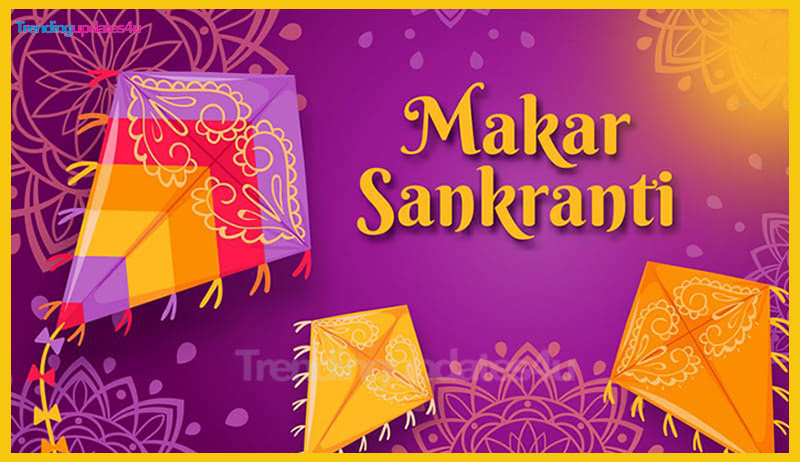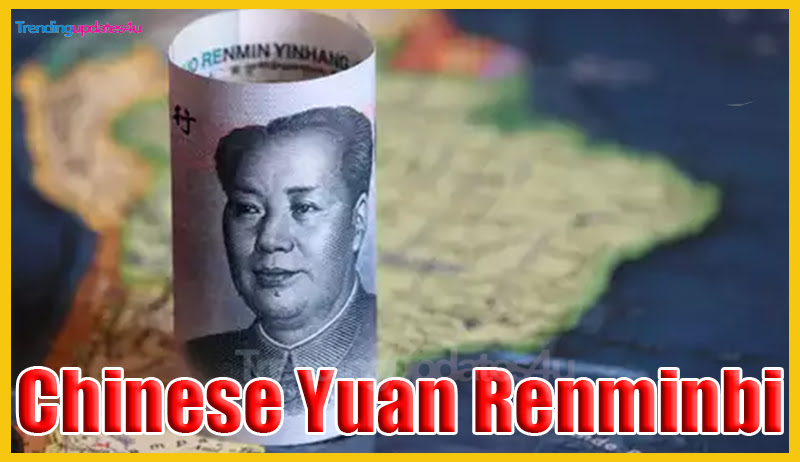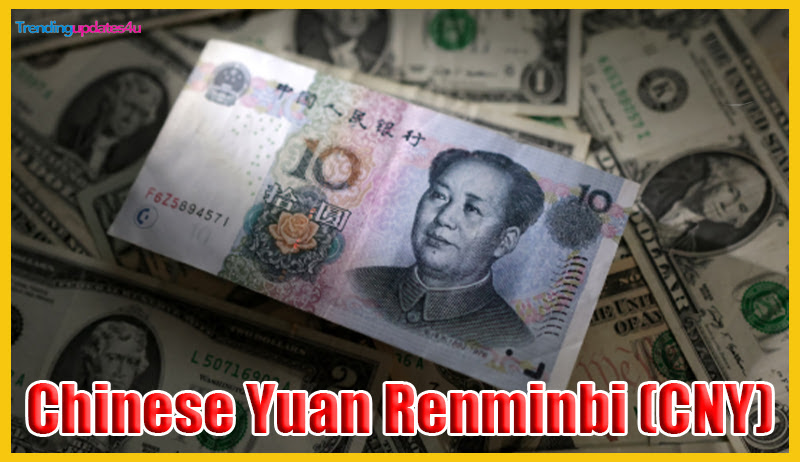UPSSSC Stenographer Recruitment 2024:- The Uttar Pradesh Subordinate Services Selection Commission (UPSSSC) has released Advertisement No. 13-Exam/2024 for the UPSSSC Stenographer Main Examination Recruitment 2024. Eligible candidates who have qualified the Preliminary Eligibility Test (PET) 2024 can now apply online for 661 Stenographer vacancies. The application window will be open from December 26, 2024, to January 25, 2025.
This article provides a detailed overview of the recruitment, including eligibility, important dates, department-wise vacancy distribution, and application steps.
UPSSSC Stenographer Recruitment 2024
The Uttar Pradesh Subordinate Services Selection Commission (UPSSSC) is inviting online applications for the recruitment of Stenographers to fill 661 vacancies across various departments through the Stenographer Main Examination 2024. Eligible and interested candidates can submit their applications via the official UPSSSC website, upsssc.gov.in, starting from 26th December 2024 until the last date, 25th January 2025.
UPSSSC Stenographer Naukri Details 2024
| Article for | UPSSSC Stenographer Recruitment |
| Organization | Uttar Pradesh Subordinate Service Selection Commission |
| Name of the Post | Stenographer |
| Number of Vacancies | 661 Posts |
| Last Date for Registration | 25 January, 2025 |
| Exam Date | As per Schedule |
| Category | Recruitment |
| Official Website | upsssc.gov.in |
UPSSSC Stenographer Notification 2024
The UPSSSC Stenographer Notification 2024 has been officially released, and the link for online applications will be activated on the UPSSSC website www.upsssc.gov.in starting from 26th December 2024. Eligible and interested candidates are advised to submit their applications through the official portal.
Applicants should ensure they complete the registration process for the UPSSSC Stenographer Recruitment 2024 well before the deadline, which is 25th January 2025, to avoid potential last-minute technical issues or server delays. Early submission will also provide candidates ample time to rectify any errors in their application, if necessary.
Eligibility Criteria for UPSSSC Stenographer Job
Candidates applying for the UPSSSC Stenographer Bharti 2024 must fulfill the following eligibility conditions:
Education Qualification
- UPSSSC PET 2023 Scorecard is mandatory.
- Passed 10+2 Intermediate Examination from a recognized board.
- Proficiency in Hindi Shorthand at 80 WPM and Hindi Typing at 25 WPM.
- Completion of the NIELIT CCC Exam (or equivalent).
- For detailed information, refer to the official notification.
Application Fee
- General / OBC / EWS : 25/-
- SC / ST : 25/-
- PH (Dviyang) : 25/-
Age Limit as on 01/07/2024
- Minimum Age: 18 years
- Maximum Age: 40 years
- Age Relaxation: Applicable as per UPSSSC guidelines mentioned in Advertisement No. 13-Exam/2024 for the Stenographer Main Examination 2024.
Selection Process
- Shortlisting (PET 2023)
- Written Examination
- Steno & Typing Test
- Document Verification
- Medical Examination
UPSSSC Stenographer Vacancy Details: 661 Posts
| Post Name | Total Post |
| Stenographer | 661 |
Category Wise Vacancy
| Post Name | General | EWS | OBC | SC | ST | Total | |||||
| Stenographer Advt No 13–Exam/2024 | 321 | 46 | 125 | 155 | 14 | 661 | |||||
How to Apply Online for UPSSSC Stenographer Bharti 2024?
Follow these steps to successfully apply for the UPSSSC Stenographer post:
- Visit the official UPSSSC website: upsssc.gov.in.
- Click on the “Candidate Registration” link under the recruitment section.
- Log in using your PET 2024 registration number and password.
- Fill in the required details and upload the necessary documents.
- Pay the application fee through the provided payment gateway.
- Review your application and submit it.
- Take a printout of the application form for future reference.
Required Documents for Application
- Photo
- Signature
- ID proof
- Address proof
Important Date’s
- Application Begin : 26/12/2024
- Last Date for Registration :25/01/2025
- Fee Payment Last Date : 25/01/2025
- Correction Last Date : 01/02/2025
- Exam Date : As per Schedule
Conclusion
In conclusion, the UPSSSC Stenographer Recruitment 2024 is an excellent opportunity for candidates seeking government jobs in Uttar Pradesh. With 661 vacancies available, eligible aspirants should carefully review the notification, prepare the required documents, and apply online through the official website before 25th January 2025. Avoid last-minute delays by completing your application early. Stay updated on further announcements regarding the selection process and exam dates by regularly visiting the UPSSSC portal. Don’t miss this chance to secure a promising career!
FAQ’s
What is the last date to apply for UPSSSC Stenographer Recruitment 2024?
The last date to apply online for the UPSSSC Stenographer Recruitment 2024 is 25th January 2025.
What are the eligibility criteria for UPSSSC Stenographer Recruitment?
Candidates must have passed 10+2 Intermediate Examination from a recognized board, possess a valid UPSSSC PET 2023 score, and meet the required typing and shorthand speed.
How can I apply for UPSSSC Stenographer Recruitment 2024?
There are two ways to apply:
- Login with OTP: UPSSSC PET 2023 Registration Number and OTP password. After login, fill out the post-related details and pay the application fee of ₹25.
- Login with personal details: PET Registration Number, Date of Birth, Gender, Domicile, and Category.
What documents are required for the application?
Candidates should have scanned copies of their photo, signature, ID proof, and address proof ready for uploading.
What is the application fee for UPSSSC Stenographer Recruitment?
The application fee is ₹25 for all applicants.









